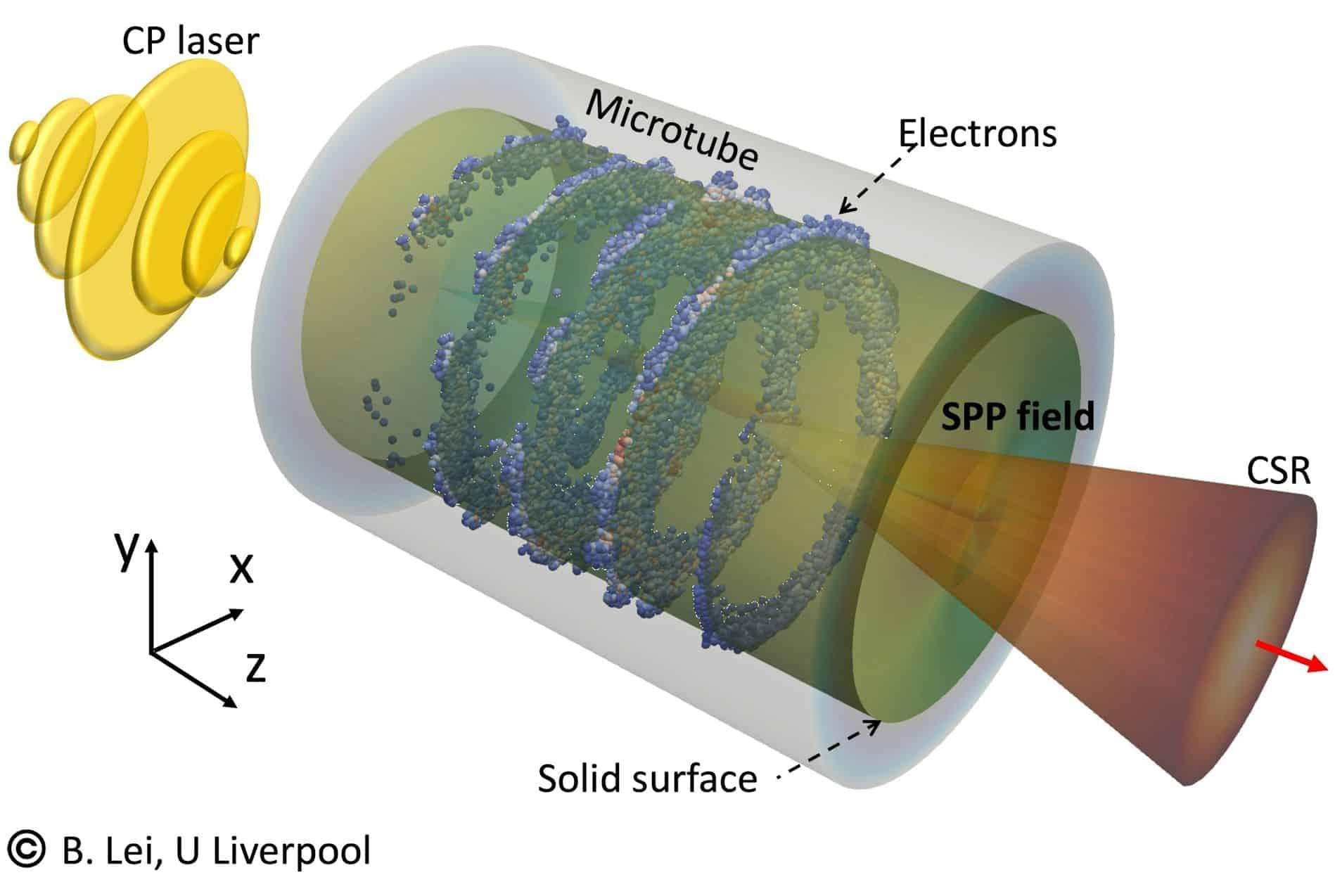face_with_colon_three nanomachines could also be used for aging control to prevent aging symptoms.
Scientists used a new nanotechnology strategy to reverse Alzheimer’s disease in mice by helping reduce amyloid-beta in the brain by 50–60%.
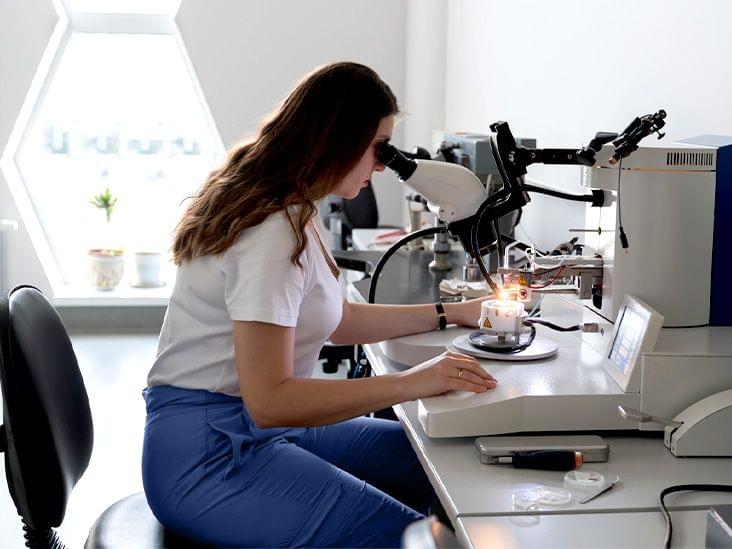
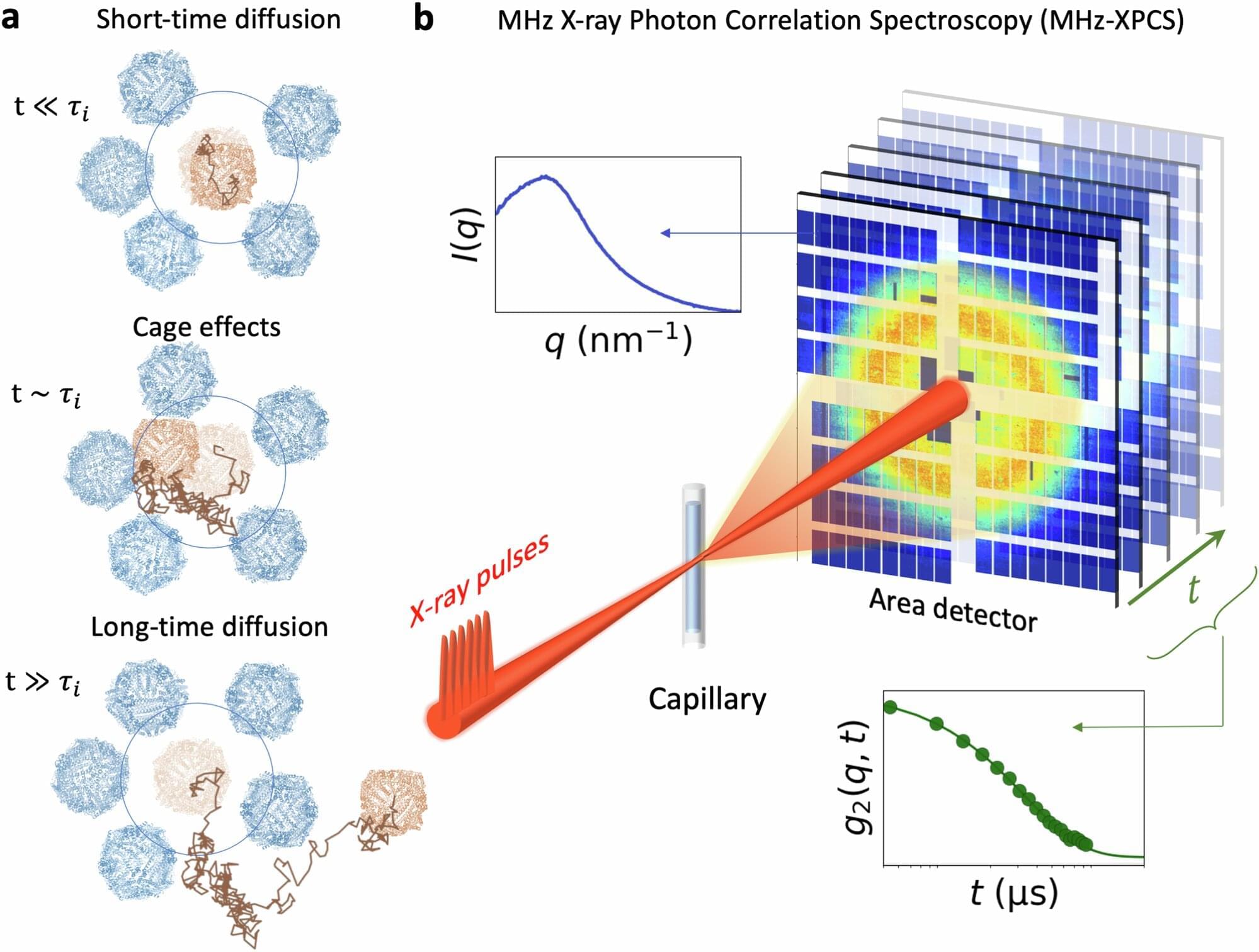
At European XFEL, researchers have observed in detail how the vital iron protein ferritin makes its way in highly dense environments—with implications for medicine and nanotechnology.
Inside biological cells, there is a dense crowd where millions of proteins move side by side, bump into each other or temporarily accumulate. At the same time, these proteins often have to fulfill important tasks at short notice. How exactly the proteins move in this confined space has been difficult to track until now.
An international research team led by Anita Girelli and Fivos Perakis, both from Stockholm University, has now used the European XFEL X-ray laser in Schenefeld near Hamburg to take a closer look at these movements—and discovered a surprising pattern. The results are published in Nature Communications.
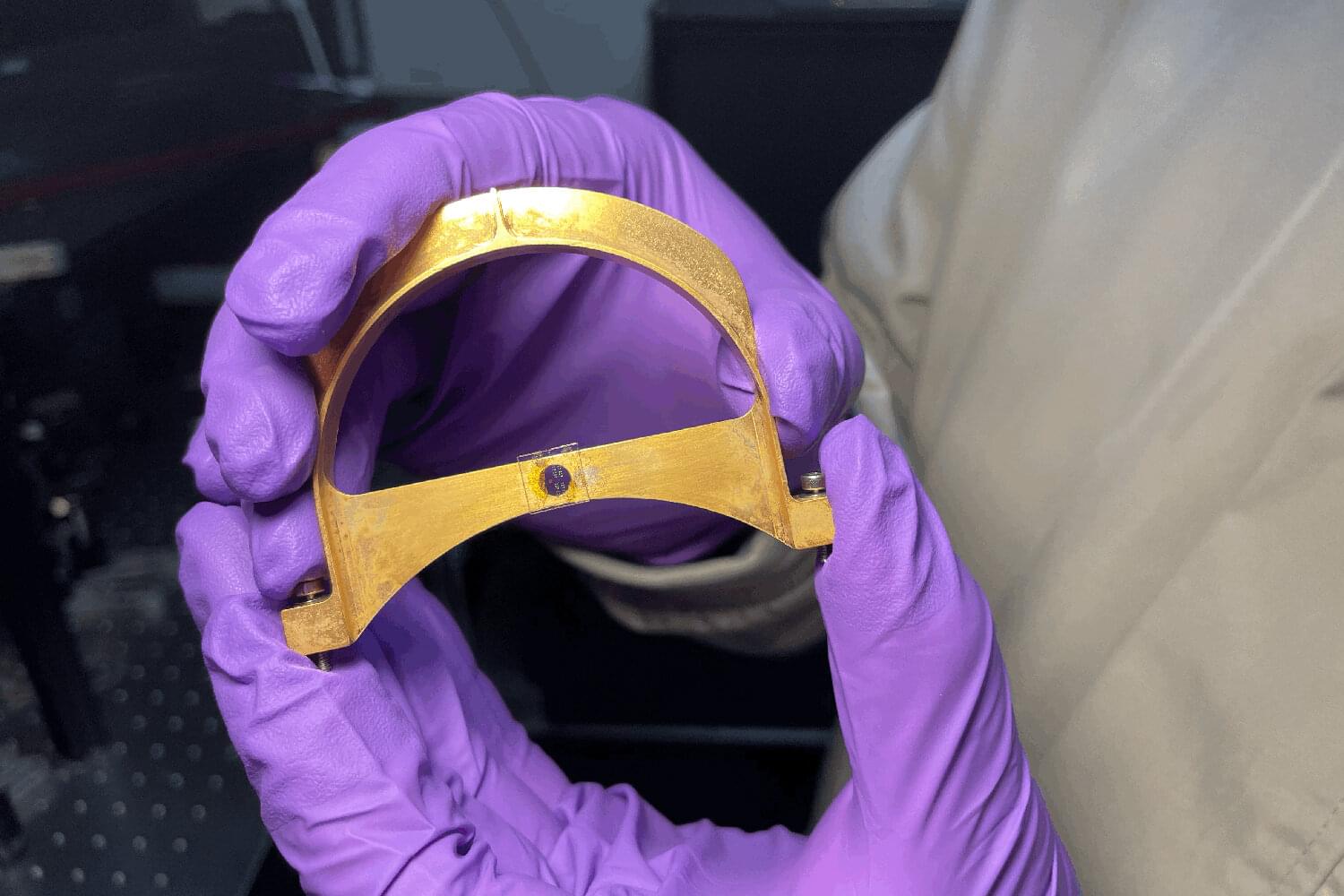
A tiny device that entangles light and electrons without super-cooling could revolutionize quantum tech in cryptography, computing, and AI.
Present-day quantum computers are big, expensive, and impractical, operating at temperatures near-459 degrees Fahrenheit, or “absolute zero.” In a new paper, however, materials scientists at Stanford University introduce a new nanoscale optical device that works at room temperature to entangle the spin of photons (particles of light) and electrons to achieve quantum communication—an approach that uses the laws of quantum physics to transmit and process data. The technology could usher in a new era of low-cost, low-energy quantum components able to communicate over great distances.
“The material in question is not really new, but the way we use it is,” says Jennifer Dionne, a professor of materials science and engineering and senior author of the paper just published in Nature Communications describing the novel device. “It provides a very versatile, stable spin connection between electrons and photons that is the theoretical basis of quantum communication. Typically, however, the electrons lose their spin too quickly to be useful.”

DNA nano machine year 2023.
An autonomous DNA-origami nanomachine powered by the chemical energy of DNA-templated RNA-transcription-consuming nucleoside triphosphates as fuel performs rhythmic pulsations is demonstrated. In combination with a passive follower, the nanomachine acts as a mechanical driver with molecular precision.


Electrotherapy using injectable nanoparticles delivered directly into the tumor could pave the way for new treatment options for glioblastoma, according to a new study from Lund University in Sweden.
Glioblastoma is the most common and most aggressive form of brain tumor among adults. Even with intensive treatment, the average survival period is 15 months. The tumor has a high genetic variation with multiple mutations, which often makes it resistant to radiation therapy, chemotherapy and many targeted drugs. The prognosis for glioblastoma has not improved over the past few decades despite extensive research.

New-generation mRNA and adenovirus vectored vaccines against SARS-CoV-2 spike protein are endowed with immunogenic, inflammatory and immunomodulatory properties. Recently, BioNTech developed a noninflammatory tolerogenic mRNA vaccine (MOGm1Ψ) that induces in mice robust expansion of antigen-specific regulatory T (Treg) cells. The Pfizer/BioNTech BNT162b2 mRNA vaccine against SARS-CoV-2 is identical to MOGm1Ψ except for the lipid carrier, which differs for containing lipid nanoparticles rather than lipoplex. Here we report that vaccination with BNT162b2 led to an increase in the frequency and absolute count of CD4posCD25highCD127low putative Treg cells; in sharp contrast, vaccination with the adenovirus-vectored ChAdOx1 nCoV-19 vaccine led to a significant decrease of CD4posCD25high cells.

Vehicles and buildings designed to enable survival in extreme environments, such as spacecraft, submarines and sealed shelters, heavily rely on systems for the management of carbon dioxide (CO2). These are technologies that can remove and release CO2, ensuring that the air remains breathable for a long time.
Most existing systems for the capture and release of CO2 consume a lot of energy, as they rely on materials that need to be heated to high temperatures to release the gas again after capturing it. Some engineers have thus been trying to devise more energy-efficient methods to manage CO2 in confined spaces.
Researchers at Guangxi University in China have developed new reconfigurable micro/nano-robots that can reversibly capture CO2 at significantly lower temperatures than currently used carbon management systems.
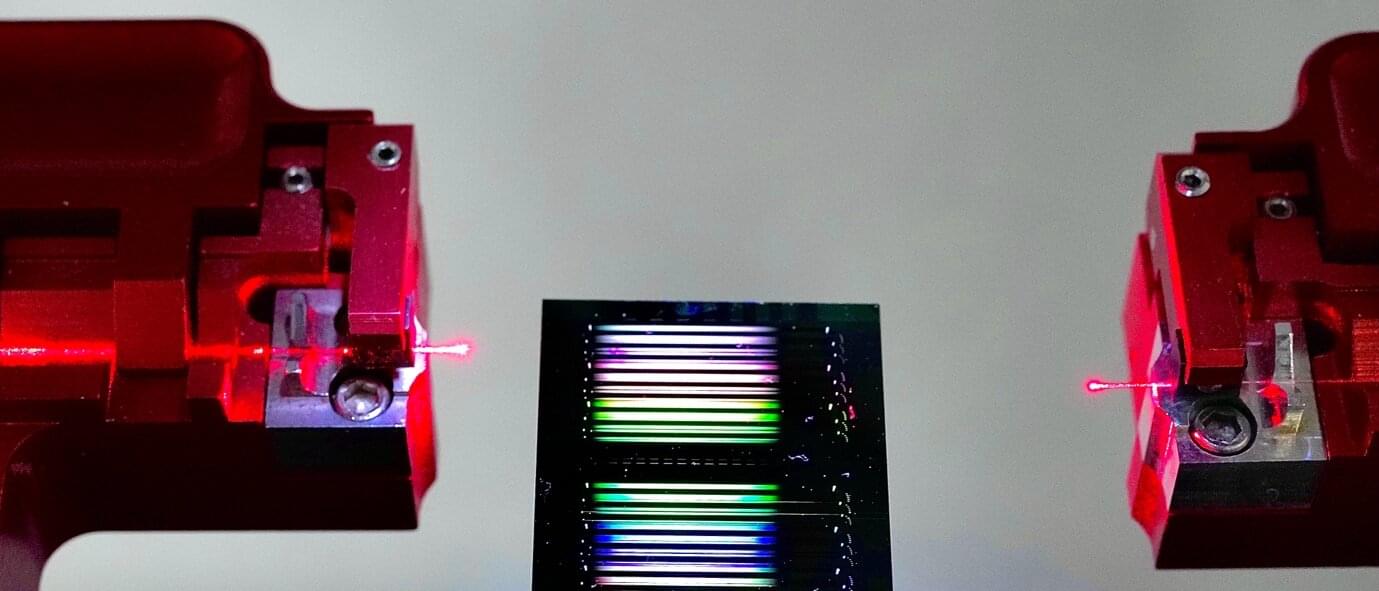
Researchers at the University of Sydney have cracked a long-standing problem in microchip-scale lasers by carving tiny “speed bumps” into the devices’ optical cavity in their quest to produce exceptionally “clean” light. This exquisitely narrow spectrum light could be used in future quantum computers, advanced navigation systems, ultra-fast communications networks and precision sensors.
In a new study published in APL Photonics, the team shows how to eliminate a critical source of noise in Brillouin lasers, a special class of light source known for its extraordinary purity, producing an ultranarrow spectrum that is almost a perfect single wavelength (or color) of light.
Light produced from sources like lightbulbs have a broad wavelength spectrum and are fine for everyday use but are too “noisy” for precision scientific purposes, where lasers are needed.
